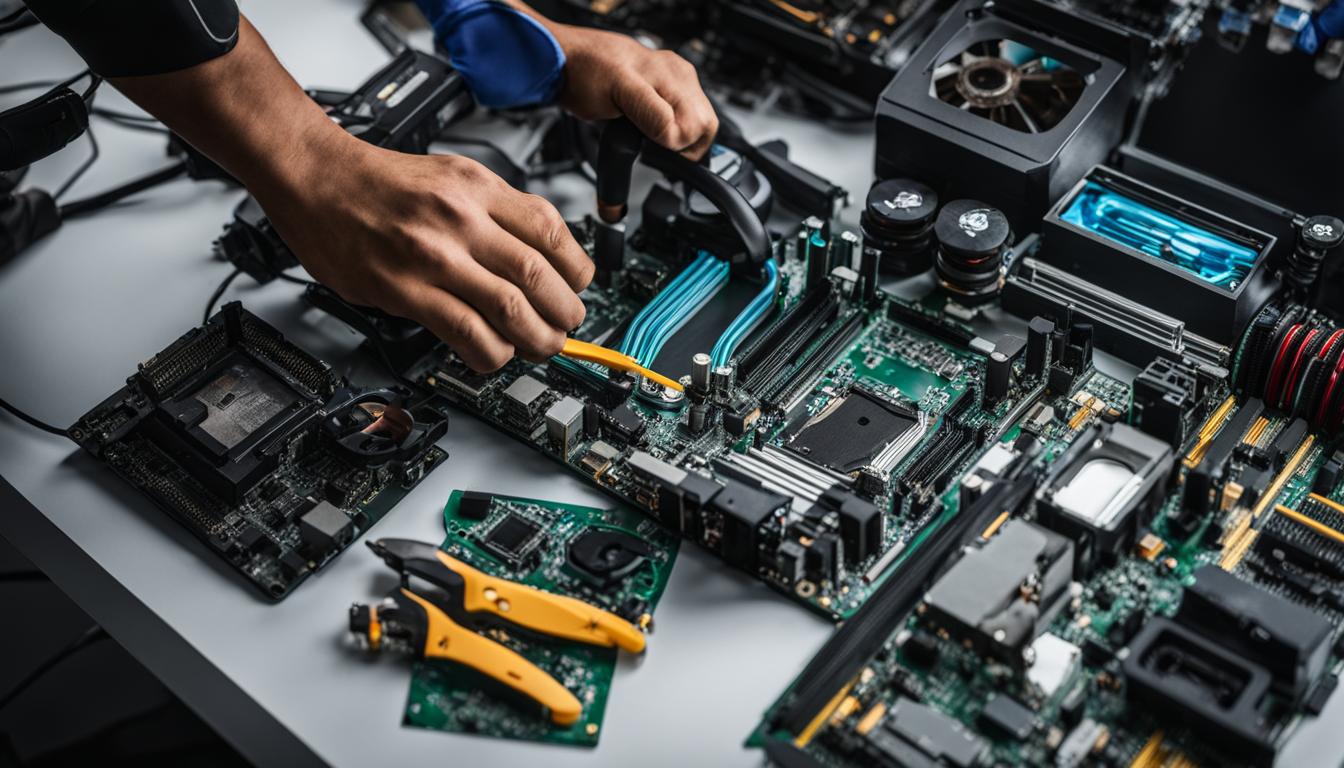The Enchanting World of Smartphone Screens: LCD, OLED, and AMOLED Technologies
The Enchanting World of Smartphone Screens: LCD, OLED, and AMOLED Technologies
Introduction
The evolution of smartphone screens has paralleled the transformative journey of mobile technology. The heart and soul of every smartphone, these displays provide us a window to the digital world. We’ll unravel the depths of LCD, OLED, and AMOLED technologies, traversing their rich histories, advancements, and future trajectories.
The Birth and Rise of LCD (Liquid Crystal Display) Technology:
The 1970s saw the inception of LCDs. Initially used for wristwatches, these displays eventually found their way into our pockets.
History: LCD’s principle was discovered in the late 1880s, but it wasn’t until almost a century later that it was adapted for consumer electronics. The promise of low energy consumption drove the interest.
Evolution and Usage: From televisions, computers, and calculators, LCDs have been an integral part of various electronics. Their transition to smartphones was pivotal, heralding a new era of color displays over monochromes.
Intricacies of Operation: LCDs rely on liquid crystals sandwiched between polarized sheets. These crystals twist to allow varying amounts of backlight through, creating an image.
Future Prospects: Modern technology is leaning towards more energy-efficient and flexible screens. While LCDs might seem slightly archaic compared to OLED, advancements like Quantum Dot ensure they remain relevant.
OLED (Organic Light Emitting Diodes) – The Modern Marvel:
OLEDs represent the pinnacle of current screen technology, promising unrivaled color depth and contrast ratios.
History: The journey began in the early 1980s, with Kodak’s researchers pioneering the technology.
Evolution and Usage: OLEDs initially found their footing in smaller devices due to production limitations. Over time, their presence in premium smartphones, televisions, and even lighting solutions has surged.
Intricacies of Operation: Instead of backlights, OLEDs emit light when electricity is applied to organic compounds. This property allows individual pixel lighting, resulting in deep blacks and a vast color spectrum.
Future Prospects: With flexible and foldable screens becoming a reality, OLED’s potential seems limitless. Its adaptability could reshape the designs of future devices.
For specialized OLED screen services, refer to Scot-Comp’s mobile repair section.
AMOLED (Active-Matrix Organic Light Emitting Diodes) – The Best of Both Worlds:
Marrying OLED’s brilliance with an active matrix system, AMOLEDs promise swift response times and lower power consumption.
History: Emerging shortly after OLEDs, AMOLEDs refined the technology, making it apt for dynamic content like videos and games.
Evolution and Usage: Today, most premium smartphones, smartwatches, and even some tablets sport AMOLED screens, a testament to their superiority.
Intricacies of Operation: AMOLED combines a TFT layer that controls individual pixels, ensuring efficient power usage and sharper response times.
Future Prospects: As virtual and augmented reality interfaces burgeon, AMOLED’s high refresh rates and color accuracy might become standard.
For insights on AMOLED maintenance, Scot-Comp’s expert services are a boon.
Global Perspectives:
Modern screens impact more than just our digital experiences. Their environmental footprint, recyclability, and energy consumption patterns are paramount in a world grappling with sustainability. Organizations like Greenpeace regularly assess the environmental impact of tech giants and their products. Moreover, studies from institutions like the International Journal of Environmental Research delve deep into the ecological implications of technology. The drive for greener technologies has prompted many manufacturers to look into eco-friendly materials and methods, with bodies such as the Global e-Sustainability Initiative (GeSI) leading the charge in promoting sustainable practices in the digital industry.
Comparing LCD, OLED, and AMOLED: A Head-to-Head Examination:
When selecting a smartphone or any device with a screen, understanding the nuances of these technologies can guide your choice. Here’s a comparison based on various crucial factors:
- Brightness and Visibility:
- LCD: Generally offers high brightness, making it easier to view in direct sunlight. The backlight ensures consistent illumination across the screen.
- OLED: While they can be bright, they might not match some LCDs in direct sunlight. However, OLEDs excel in dark environments due to true blacks.
- AMOLED: Similar to OLED in terms of brightness, but certain AMOLED screens can achieve even higher brightness levels, improving outdoor visibility.
- Color Accuracy and Saturation:
- LCD: Provides accurate and consistent colors but may sometimes appear washed out compared to OLEDs.
- OLED: Known for deep blacks and high contrast ratios, producing vibrant, punchy colors. However, they can sometimes appear overly saturated.
- AMOLED: Offers customizable color profiles, allowing users to switch between accurate and saturated color modes.
- Power Consumption:
- LCD: Consumes consistent power due to the backlight, regardless of the content displayed.
- OLED: Pixels are individually lit, meaning displaying black requires no power. Dark themes and backgrounds can save battery life.
- AMOLED: Similar to OLED but with optimized power consumption due to the active matrix, making it more efficient in some cases.
- Lifespan and Burn-In:
- LCD: Generally has a longer lifespan and doesn’t suffer from burn-in.
- OLED: Over time, the organic compounds can degrade, leading to reduced brightness. Prolonged static images can cause burn-in.
- AMOLED: While they share OLED’s risk of burn-in, advancements have mitigated these concerns to an extent.
- Flexibility and Form Factor:
- LCD: Typically rigid, making them unsuitable for bendable or foldable devices.
- OLED: Can be made flexible, paving the way for innovative designs like foldable phones and curved screens.
- AMOLED: Inherits OLED’s flexibility, further pushing the boundaries of device design.
- Cost:
- LCD: Generally more affordable to produce, leading to lower costs for consumers.
- OLED & AMOLED: More expensive to manufacture due to the intricate technology and materials. However, prices have been dropping as the technology matures.
Wrapping Up the Comparison:
Each technology has its advantages and challenges. LCD screens might be preferred for their cost-effectiveness and consistency, while OLED and AMOLED screens are sought after for their deep blacks, vibrant colors, and potential design flexibility. As manufacturers continue to innovate, we’ll likely see hybrids or entirely new technologies that combine the best attributes of each.
.
Conclusion:
The tapestry of smartphone screens, rich and vibrant, mirrors our insatiable appetite for technological advancement. As LCDs, OLEDs, and AMOLEDs vie for supremacy, one thing remains constant: our pursuit of clarity, color, and innovation. To ensure these marvels remain pristine, trust the experts at Scot-Comp.












